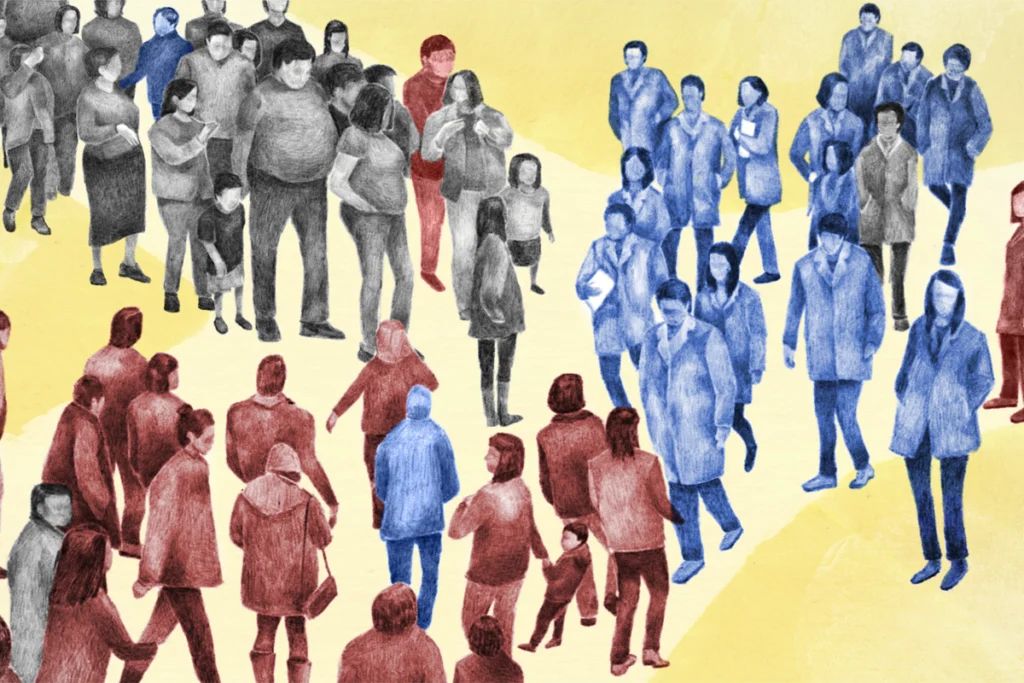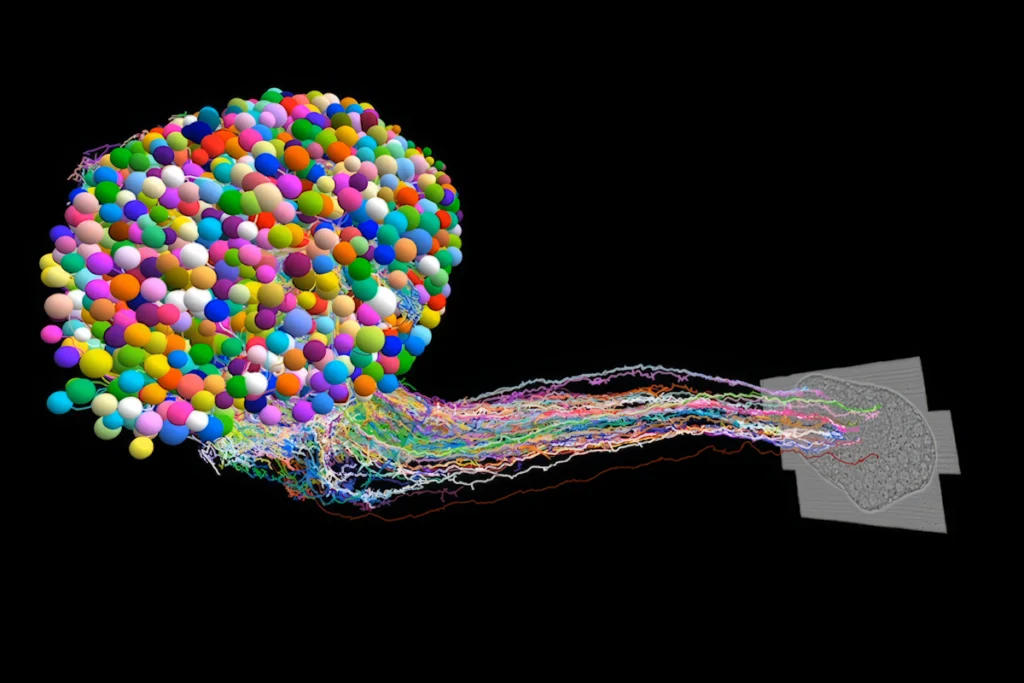As a publication created for scientists, The Transmitter puts an emphasis on essays and columns written by scientists. We launched less than two months ago, yet already we have published a broad array of expert-written essays and new columns — with more to follow in 2024. In the meantime, here are our staff’s favorite essays and columns since mid-November, exploring challenges and offering advice for the field.
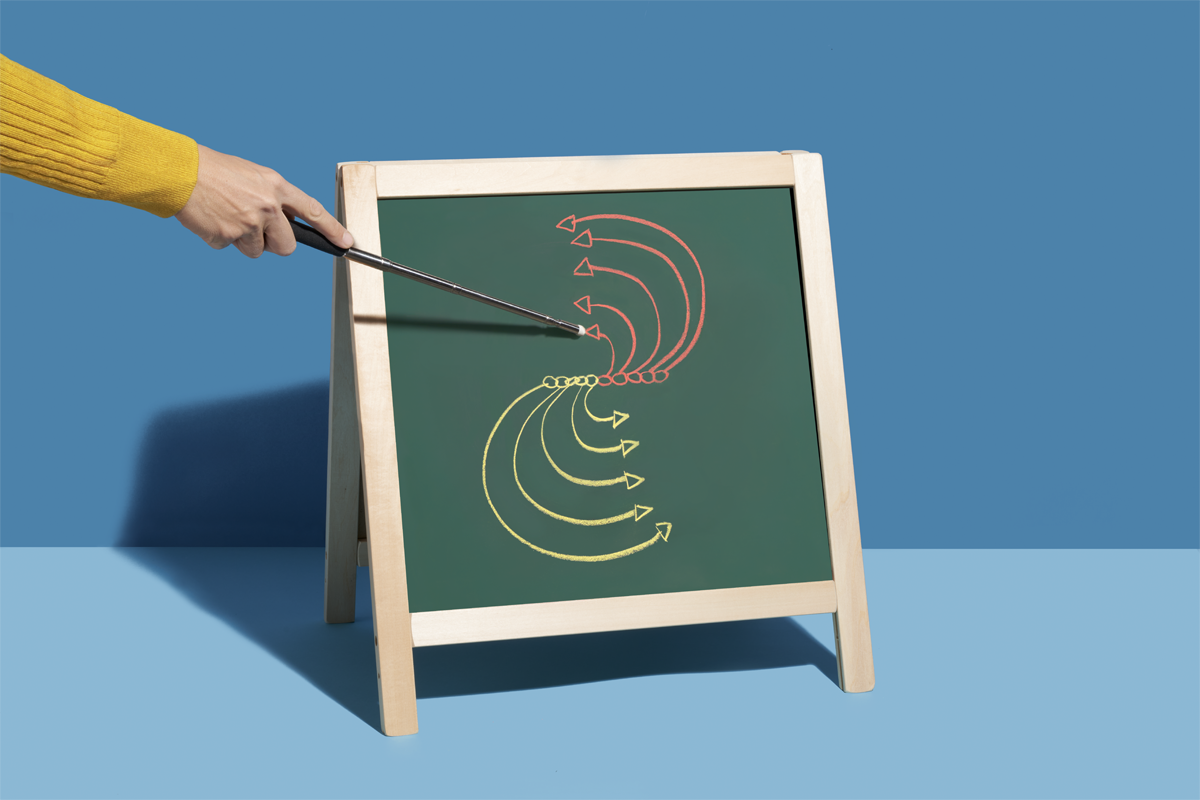
From a scientist’s perspective: The Transmitter’s top five essays in 2023
From big-picture debates about theories and terms to practical tips for teaching and writing, our favorite expert-written articles offer a glimpse into what neuroscientists are thinking.
Is the brain uncontrollable, like the weather?
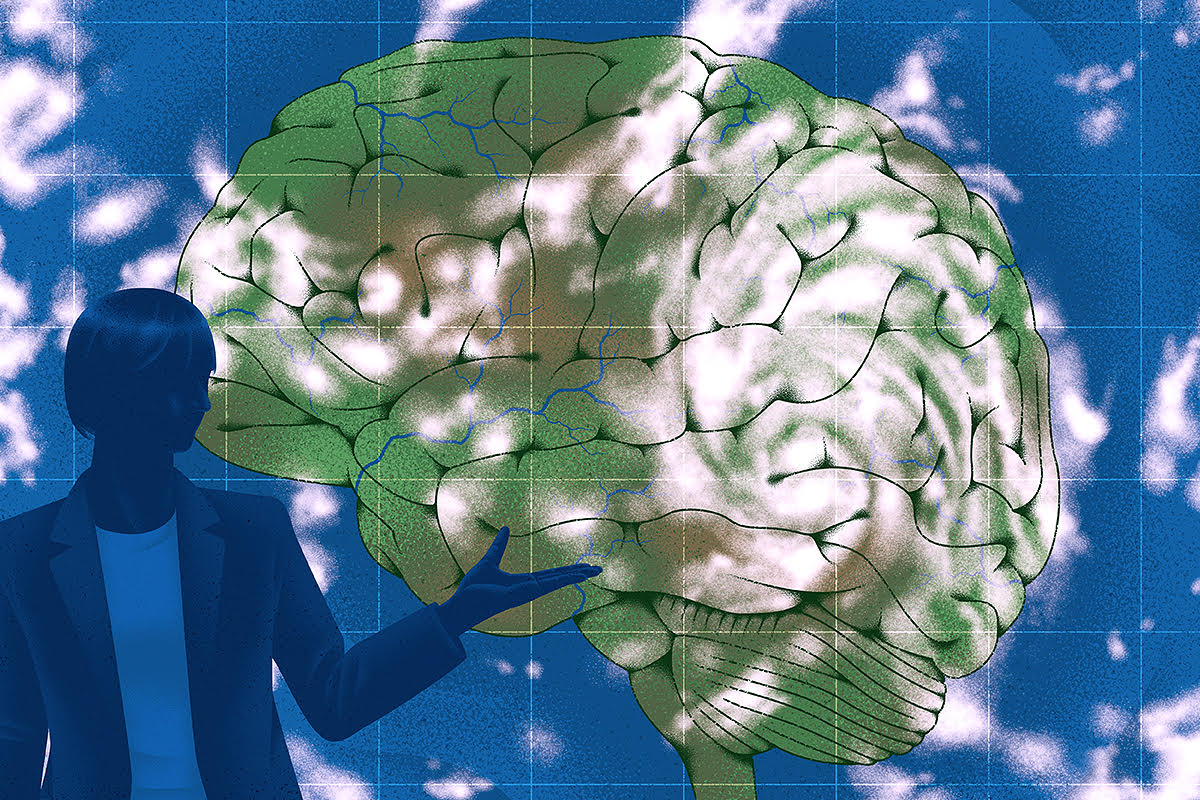
That’s the fundamental question Nicole Rust poses in this thought-provoking essay. Rust, professor of neuroscience at the University of Pennsylvania and a contributing editor for The Transmitter, wonders aloud what it means for our attempts to control the brain — experimentally or therapeutically — if it is a complex dynamical system like the weather, such that even the smallest perturbation can cause large-scale disruptions. Rust turns to 14 experts for answers, capturing their forecasts for the field’s future.
Why (and how) we need to professionalize neuroscience
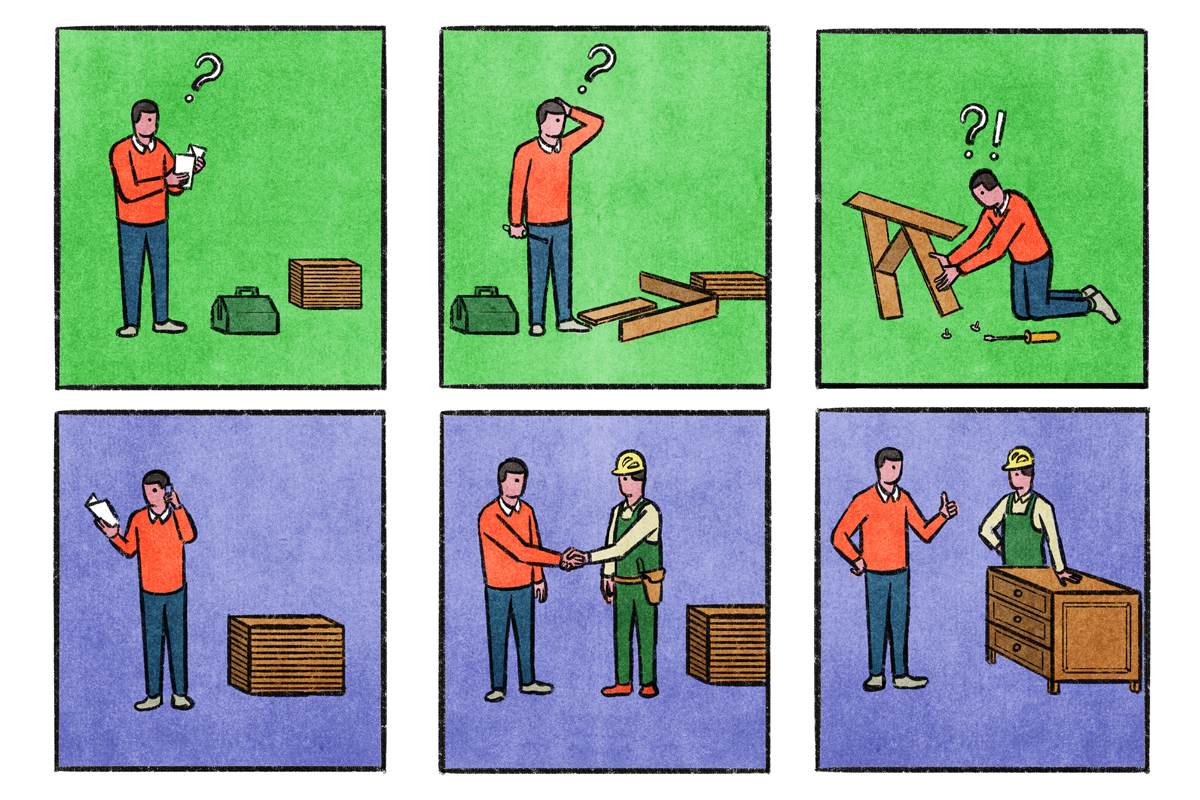
In today’s neuroscience, “a lot of technically demanding work is performed by non-experts,” writes Jakob Voigts, group leader at the Howard Hughes Medical Institute’s Janelia Research Campus, in the first paragraph of this essay. The result, he continues, is “costs in funding, time and opportunity” and, ultimately, “less robust scientific results.” However reluctant neuroscientists have been to abandon their DIY culture, the time is now, Voigts argues, to develop professional services.
How to teach this paper: ‘Neural population dynamics during reaching,’ by Churchland & Cunningham et al. (2012)

Don’t be afraid of the math in the first paragraph of this paper, says Ashley Juavinett, associate teaching professor of neurobiology at the University of California, San Diego, in her debut column featuring recent classic neuroscience papers. Published in Nature in 2012, this paper — well suited for systems or computational neuroscience classes — offers the first evidence that neuronal populations produce movement “in a rather stunning way: with dynamics that rotate,” she writes. Juavinett walks readers through the details, offering anecdotes from the paper’s authors and links to an interactive notebook on GitHub, a problem set for MATHLAB and a Google Colab notebook.
What are we talking about? Clarifying the fuzzy concept of representation in neuroscience and beyond
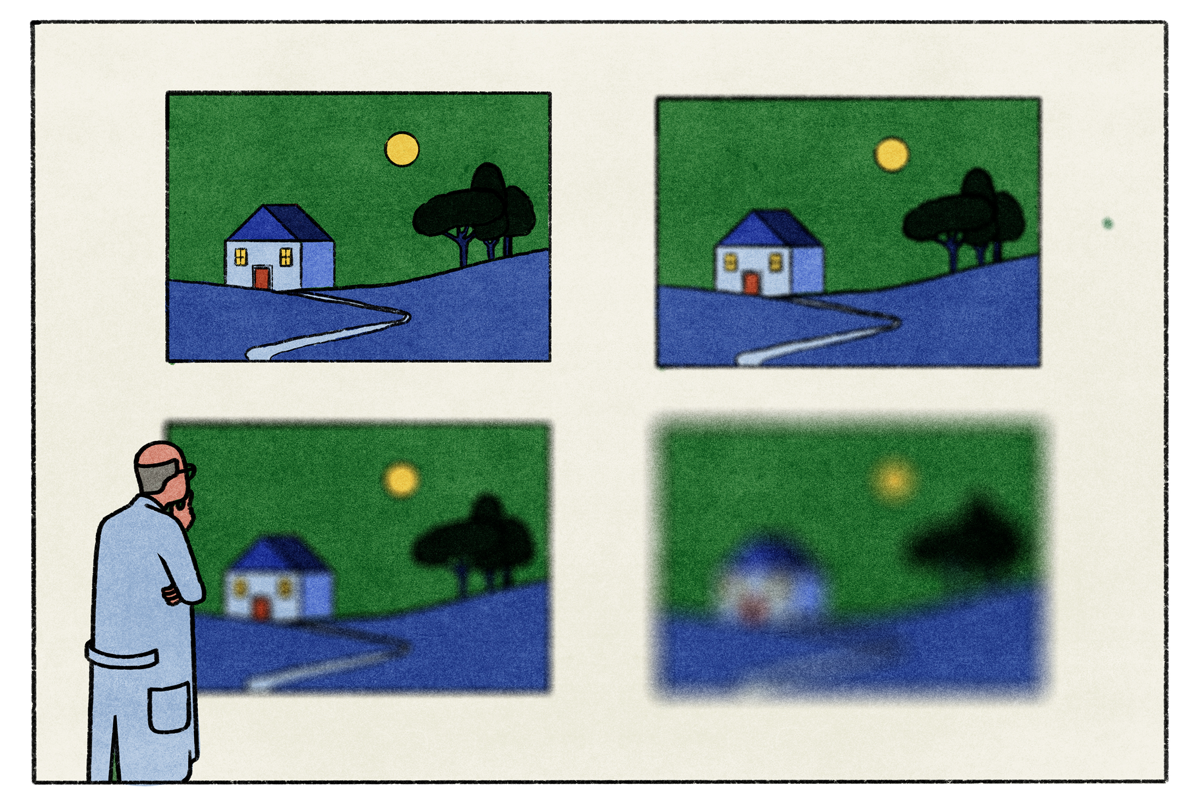
A group hosted at Trinity College Dublin — called Representation: Past, Present and Future, or RPPF for short — is on a daring mission: to catalog all the different ways scientists use the term “representation” across neuroscience, cognitive science, artificial intelligence, linguistics, psychology and philosophy of the mind. Such a taxonomy could “set the terms for discussion surrounding an otherwise ambiguous and confusing term,” they write in this introduction to what will be a series of essays from the RPPF group, and in so doing, facilitate communication.
From bench to bot: A scientist’s guide to AI-powered writing
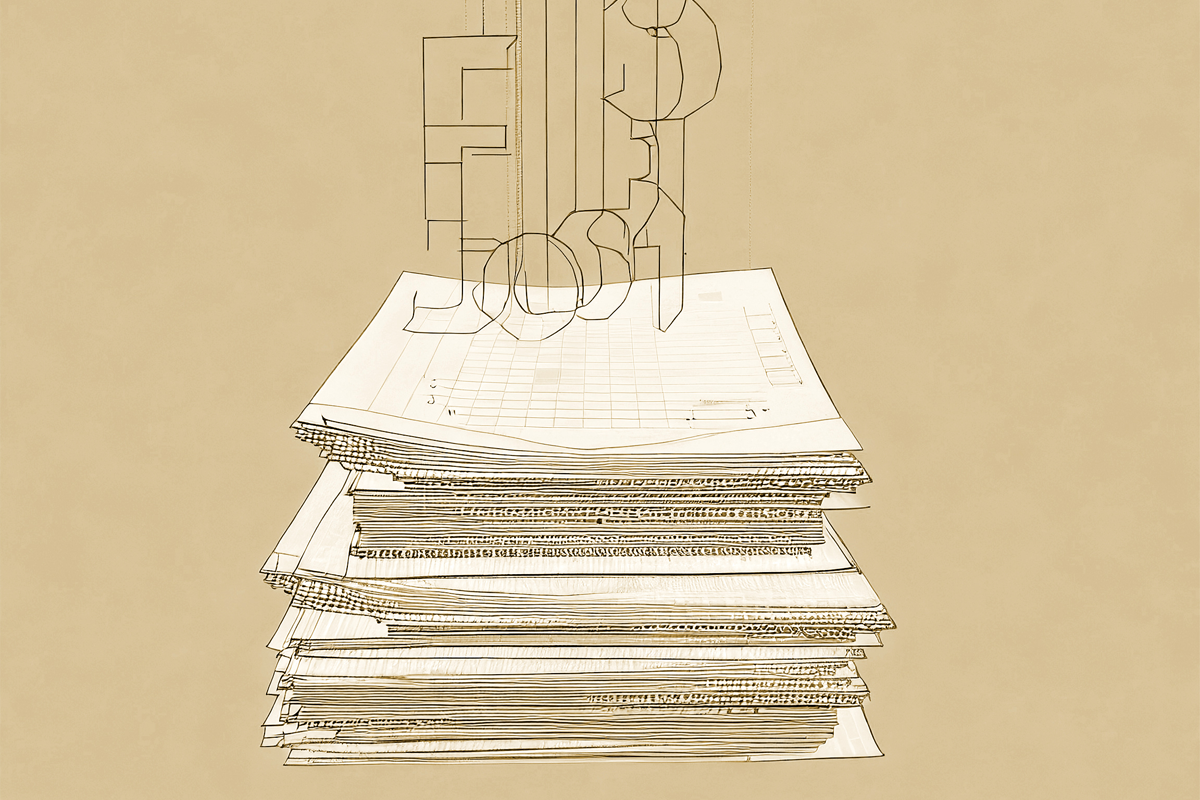
Artificial intelligence is remaking work of all kinds, including science. Neuroscientist and journalist Tim Requarth is here to help, with a column to assist researchers in tapping AI to expedite their broad range of writing tasks. In this introduction to the series, Requarth describes his own journey with tools such as ChatGPT, and his conversion from skeptic to true believer. He also issues a stark warning about “hallucinations,” bias and privacy concerns, among other potential minefields.
Recommended reading
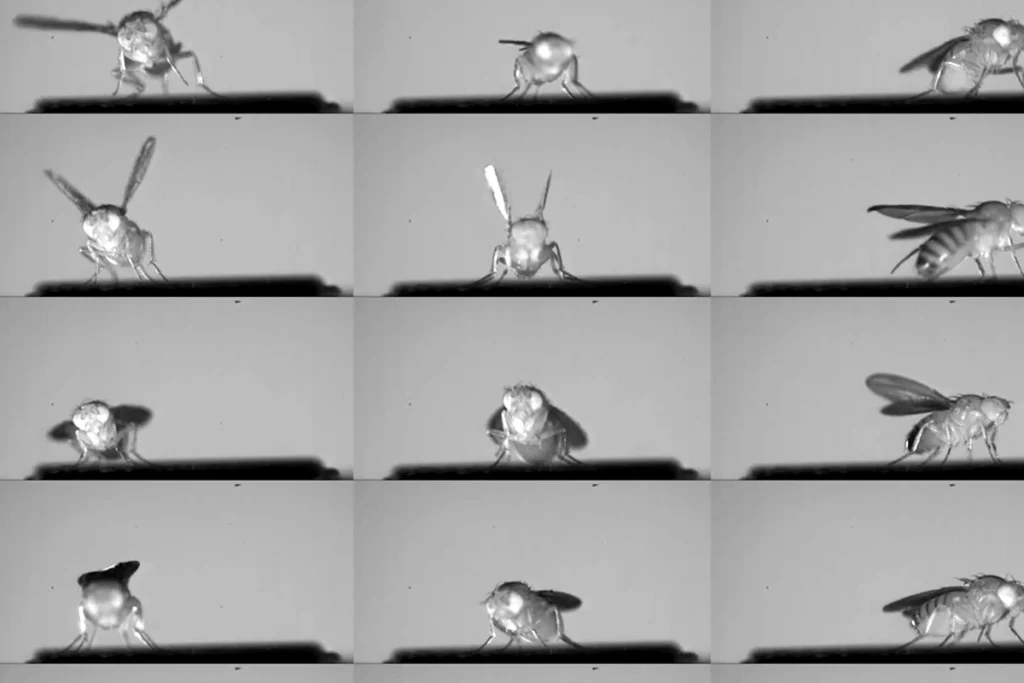
Seen and heard: The Transmitter’s top multimedia stories in 2023
Explore more from The Transmitter

Building an autism research registry: Q&A with Tony Charman

